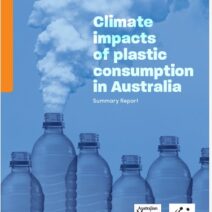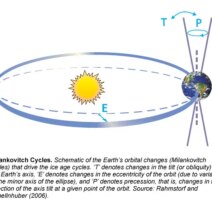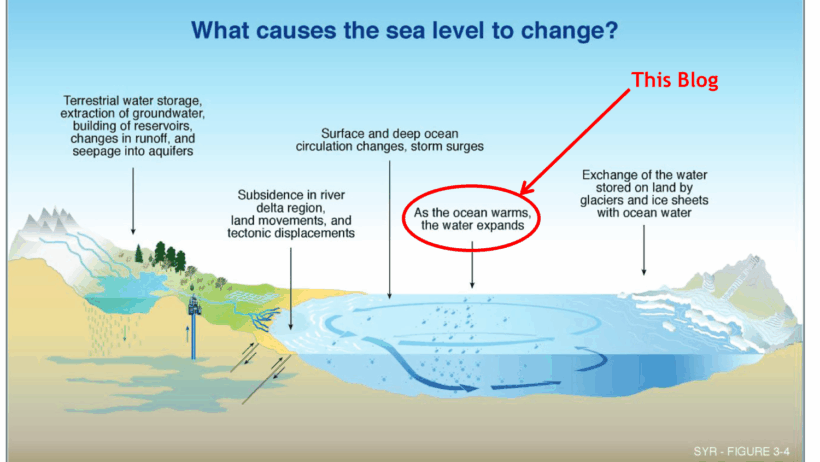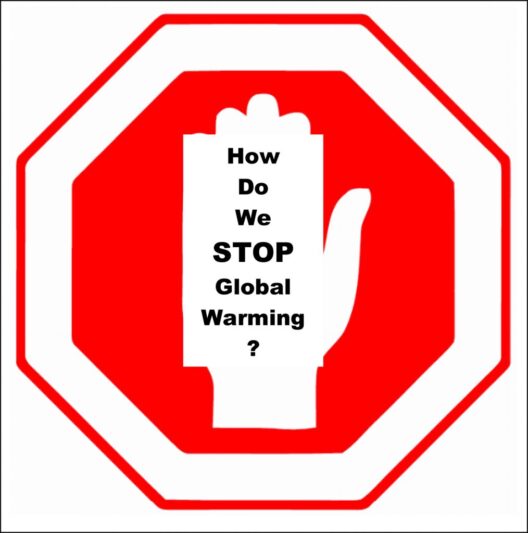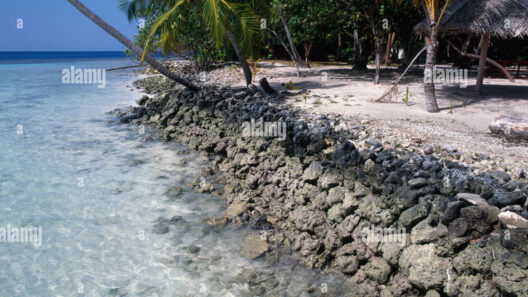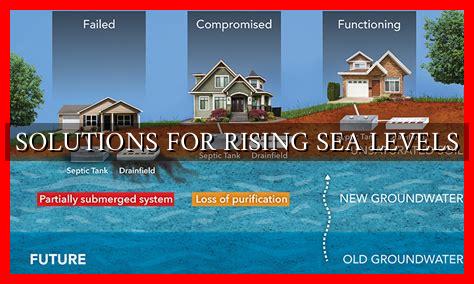As you stroll along a beach, feel the sand beneath your feet, and watch the waves gently lapping at the shoreline, have you ever pondered: what might happen if the ocean encroached upon that very spot? Rising sea levels are not just a distant concern, they represent an existential challenge for ecosystems and civilizations alike. The question remains: what is the main cause of this phenomenon? By delving into the intricacies of ocean-level rise, we can unveil the primary contributors and their convoluted interrelations.
Rising sea levels present a myriad of problems ranging from coastal flooding to habitat loss. Understanding their primary causes comes down to identifying two critical processes: the thermal expansion of seawater and the melting of glaciers and polar ice caps. Let’s embark on a journey through these elements that dramatically reshape our world.
As global temperatures rise, the oceans act as a major heat sink, absorbing approximately 93% of the excess heat generated by greenhouse gases. In response to this thermal influx, water molecules expand. This phenomenon, known as thermal expansion, contributes significantly to rising sea levels. When you think about it, it makes perfect sense: as water heats, it occupies more volume. The implications of this expansion are staggering, as even a minuscule increase in ocean temperature can lead to considerable increases in sea levels.
Thermal expansion is often overshadowed by the dramatic visual impact of melting glaciers and ice sheets, yet it remains one of the most profound contributors to rising sea levels. The glaciers, particularly those in Greenland and Antarctica, are losing mass at an alarming rate. According to recent studies, the Greenland ice sheet alone has been shedding about 279 billion tons of ice each year. This accelerated melting is primarily due to climate change, where rising atmospheric temperatures lead not only to surface melting but also to the destabilization of ice shelves that buttress glaciers. As these ice shelves crumble, they allow glaciers to flow into the ocean more rapidly, further exacerbating sea-level rise.
But let us not hastily dismiss the role of land-based water sources. Consider if each drop counted; the water from melting glaciers is not the only player in this unfolding drama. Groundwater depletion and reservoir storage also contribute to rising sea levels. As aquifers are over-extracted for agricultural and urban needs, that water often finds its way to the ocean, contributing to the overall increase. This aspect introduces an additional layer of complexity, revealing how interconnected our resource management is with the health of our oceans.
Now that we’ve unearthed some of the greenhouse element contributors, let’s dive deeper into the human element surrounding these challenges. Human activity, particularly our insatiable thirst for fossil fuels, has been a driving force behind climate change. The link between the burning of fossil fuels and rising atmospheric carbon dioxide levels is well-documented. Higher CO2 levels cause warming not only through the greenhouse effect but also by influencing weather patterns and, consequently, ocean currents. The interplay of these elements creates destabilizing ripple effects that ultimately lead to further thermal expansion and ice melt.
As we peel back the layers, we see that addressing rising sea levels is not merely a scientific quandary; it is also a socioeconomic challenge. Coastal populations are particularly vulnerable. In many regions, the intersection of rising seas with urban development leads to population displacement, loss of land, and significant economic turmoil. Entire communities could become climate refugees if proactive measures are not taken. This presents a maternal question: how do we balance our needs with the imperatives of environmental stewardship?
The road ahead is strewn with challenges, yet it offers opportunities for innovation and resilience. Mitigating the impacts of rising sea levels necessitates collaborative efforts in adaptive technologies and urban planning. Innovations in coastal defenses—like natural barriers consisting of mangroves and wetlands—provide not only protection but also serve as carbon sinks. In juxtaposition, seeking solutions in renewable energy could mitigate greenhouse gas emissions, thus curtailing the long-term drivers of climate change.
As we contemplate the future, it becomes clear that awareness is our most potent tool. The enabling of informed discourse around these issues can foster a community equipped to face the challenge of rising seas. Changes at the local and national levels, such as implementing sustainable practices and advocating for policies aimed at reducing carbon footprints, can collectively contribute to the fight against rising sea levels.
In closing, the primary causes of rising sea levels are profound and multifaceted, rooted in both natural phenomena and anthropogenic actions. As we strive towards enlightenment on this pressing issue, it becomes imperative that we embrace the complexity of these contributions. Only through understanding can we mobilize action, ensuring that future generations can continue walking along the shoreline, their feet firmly planted on solid ground.
